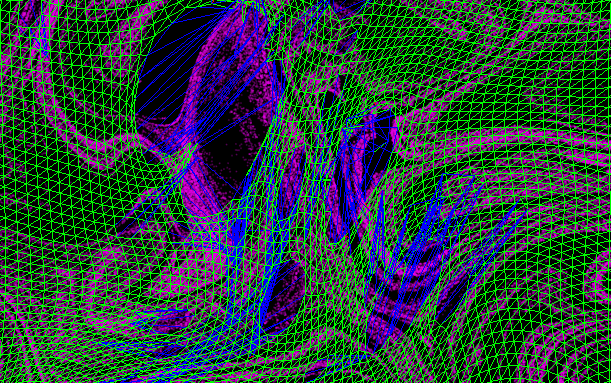Collagen in our tissues, spider silk in webs, microtubules in cells, and a range of composites in industrial materials and biological scaffolds derive their properties and function from their behaviour as networks. These properties and ultimate function are dictated by the properties of the fibres themselves, their interactions, and their organisation.
Previous work in our group has shown that interactions based on fibril morphology, electrical properties, crosslinking, and protein interactions with water, underpin mechanical function and performance. Collagen, for example, reorganises to form polarised bundles in the early stages of diseases such as osteoarthritis and tendonopathy, interestingly with piezoelectricity an important player. Further, we have found that changes to network organisation are irreversible while loading is maintained, suggesting that this reorganisation is a key point of no return in the disease process that can be used to both understand disease and inform diagnostics.
Currently, we are working to better understand the physics of function and dysfunction in biological fibre networks, and to link the important physical changes with their optical, magnetic, and mechanical signatures to develop a new generation of diagnostic instruments.
